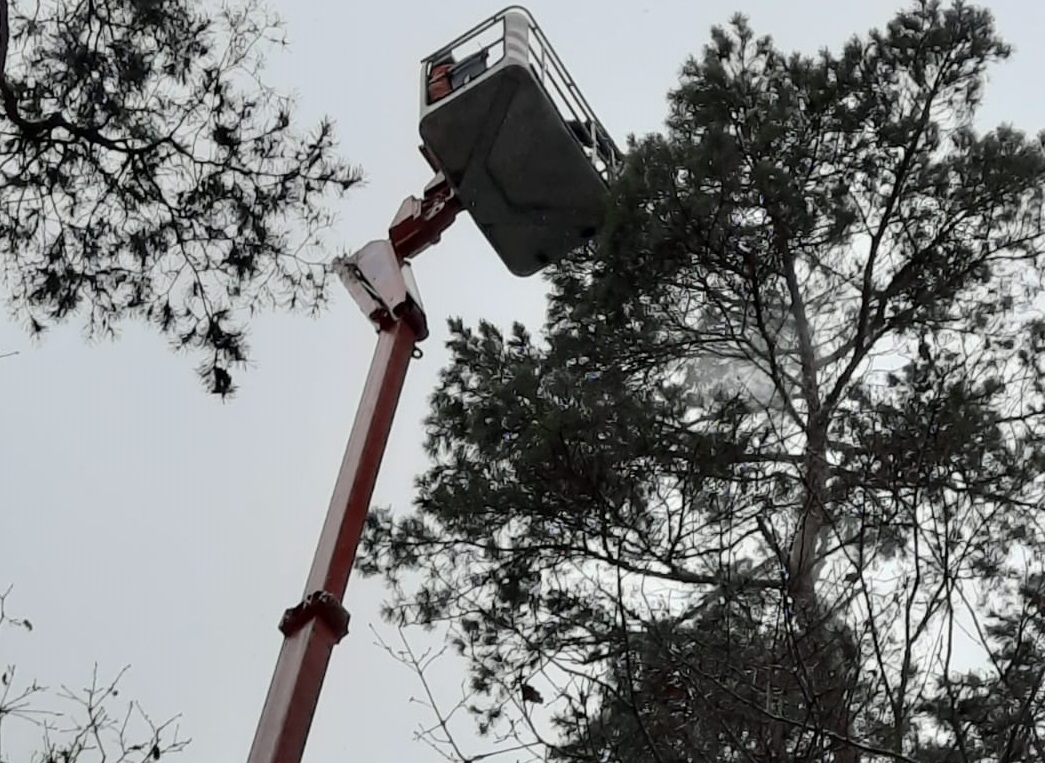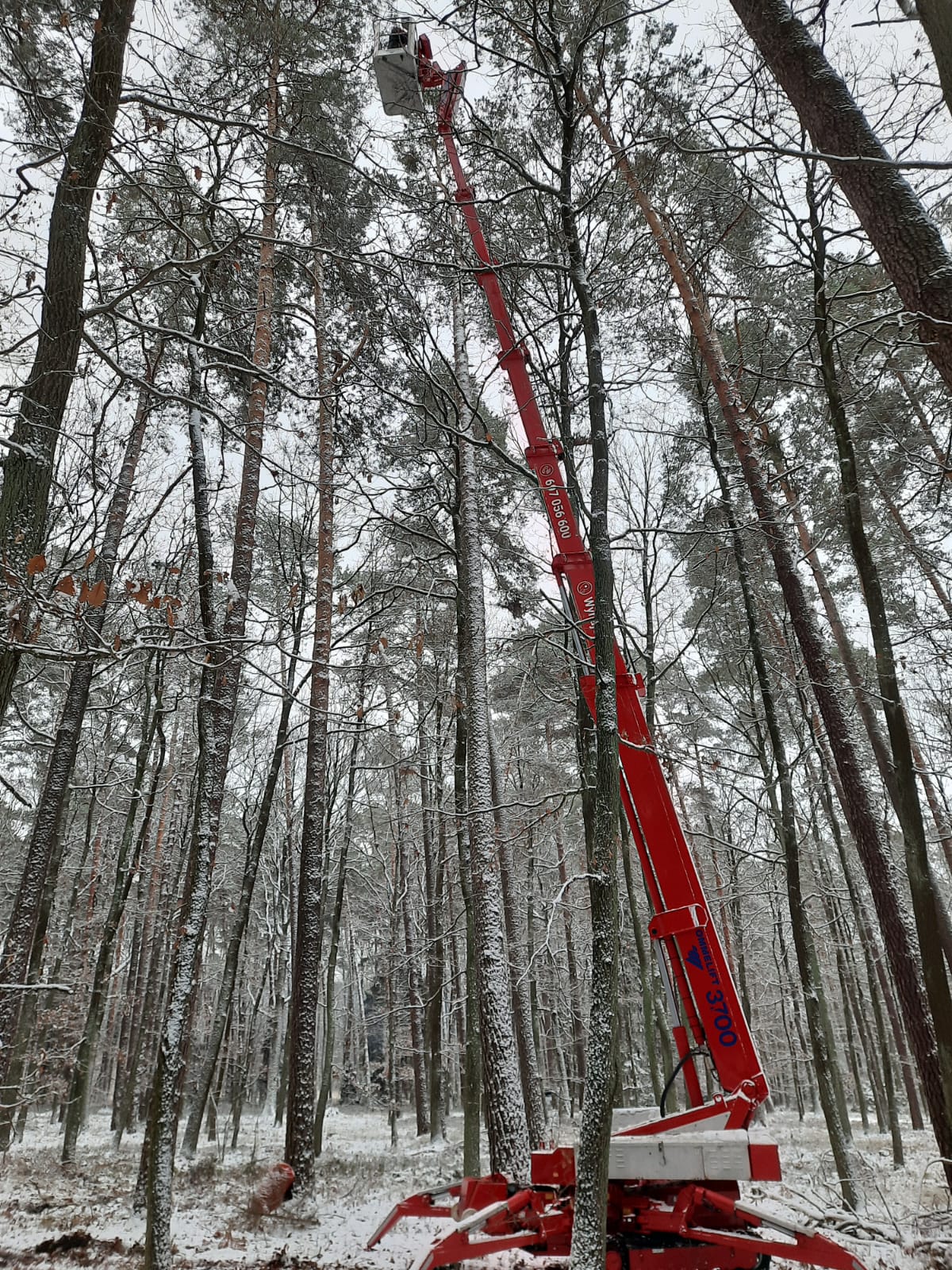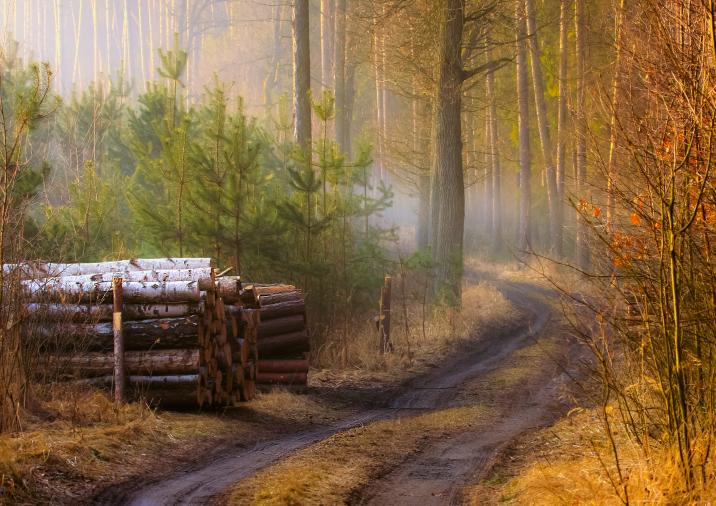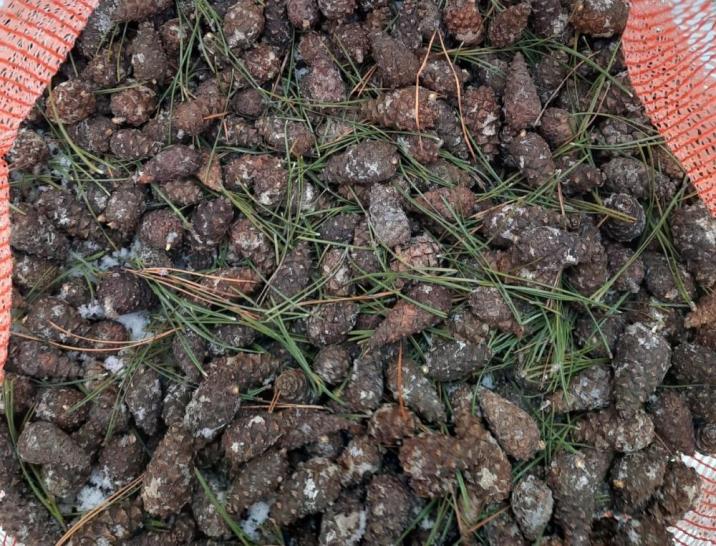 Asset Publisher
Asset Publisher
Polish hit
Polish products made of wood – furniture, window and door frames, yachts or paper and packages – these are real hits of the market.
Our country is the is the 10 largest producer of furniture and the 4 largest furniture exporter in the world. Wood industry sells abroad goods of its approximate value of 45 million zl annually, what constitutes 10 % of the whole Polish export. The measurement of the essential role of forestry and timber based sector in our management is that, it works out about 2 % of GDP (Gross Domestic Product). Not only it gives work to thousands of people, but it is also an engine of investment and of development of innovative technologies. From the beginning of transformation, it drew foreign capital of its value over 30 million zl.
Forest gives work
The State Forests belong to the leading group of employers in Poland. However, both forest and timber provide for workers with several thousand of Forestry Services Companies, which within the contract of mandate deal with, among others, planting trees and their nursing, wood logging and its transportation. And above all cooperate with people employed in several dozen thousand of companies creating wood and furniture industry and paper manufacture. Summing up, it gives as many as 375 thousand of Poles altogether. Statistically, every hundred inhabitant of our country works in the sector connected with forestry and wood processing.
Among private companies of forestry and timber based sector, there are also big companies with the share of foreign capital , and big and medium sized indigenous companies, but 9 of 10 companies in this sector are small plants employing less than 10 people. These are often family companies, cultivating multigenerational traditions connected with forestry and working in less developed regions of the country. There, forestry and wood industry, as well as agriculture constitute the basis of maintaining hundred thousand of families. As many as 600 % of all working places in the forest and wood based sector are located within rural areas.
Forest and wood based sector works out about 2 % of Polish GDP (Gross Domestic Product).
- 2 % of Polish GDP works out forest and wood based sector .
- Poland takes 4 place as the largest furniture exporter and 10 place as the largest producer of furniture.
- 50 % of paper and 9 of 10 pieces of furniture produced in Poland is exported abroad
- The value of annual export of Polish goods of wood and furniture industry and paper manufacture equals 45 billion zl (it is 10 % of the whole export).
- 30 billion zl , as direct foreign investments, have been drown since 1990 by Polish wood based sector (5,5 % of all).
- 100 kg of paper is used annually by statistic Pole (an average of UE is 160 kg, for USA – 230 kg).
Source: E. Ratajczak „Potencjał gospodarczy przemysłów opartych na drewnie i perspektywy ich rozwoju (Economic performance of wood – based industries and perspectives of their development)", GUS, Warszawa 2012.
 Asset Publisher
Asset Publisher
Szyszkobranie w Nadleśnictwie Syców
Szyszkobranie w Nadleśnictwie Syców
Z wyselekcjonowanych drzew sosny rychtalskiej udało się zebrać ponad 6 ton szyszek.
Zima to szczególny okres dla działu hodowli lasu. To właśnie w tym okresie roku dojrzewają nasiona sosen. Jeśli powierzchnia leśna ma się odnowić w sposób naturalny, leśnicy czekają na pierwsze ciepłe, słoneczne dni wiosny. Wtedy łuski szyszek podnoszą się wypuszczając na wiatr maleńkie nasiona. Jeśli jednak leśniczy zdecyduje o tym aby zamiast siewu wykorzystać sadzenie młodych drzewek, będzie ich potrzebował w liczbie kilku tysięcy sztuk na jeden hektar. Produkcja sadzonek, które zostaną wykorzystane za rok czy dwa, rozpoczyna się już teraz.

Nasiona używane do produkcji sadzonek pochodzą z wyselekcjonowanych drzewostanów oraz plantacji nasiennych. Na terenie Nadleśnictwa Syców występuje wyjątkowy ekotyp sosny zwyczajnej. Mowa tu o sośnie rychtalskiej, która słynie z tego, że bardzo łatwo adaptuje się w różnych warunkach. Stąd na terenie Nadleśnictwa Syców znajduje się imponująca ilość drzew matecznych sosny – 51 szt. a także blisko 400 hektarów drzewostanów i plantacji nasiennych tego gatunku.
W tym roku zbieraliśmy szyszki w wyłączonych drzewostanach nasiennych (WDN). Są to powierzchnie leśne, wyłączone z użytkowania rębnego i przeznaczone do intensywnej produkcji nasion. Aby nie uszkodzić drzew, zbioru dokonaliśmy za pomocą specjalnego wysięgnika, dzięki któremu zbieracze, mogli wznieść się 30 metrów ponad ziemię. Zbioru dokonano również na plantacjach nasiennych, gdzie drzewa są dużo niższe i istnieje możliwość zrywania szyszek z drabiny lub specjalnej platformy.

W ten sposób udało się zebrać 6,5 tony szyszek, które poddane specjalnemu zabiegowi wyłuszczania wydadzą ok. 100 kg nasion. Z takiej ilości można wyhodować ok. 5 000 000 sadzonek i posadzić ok. 500 hektarów lasu!





